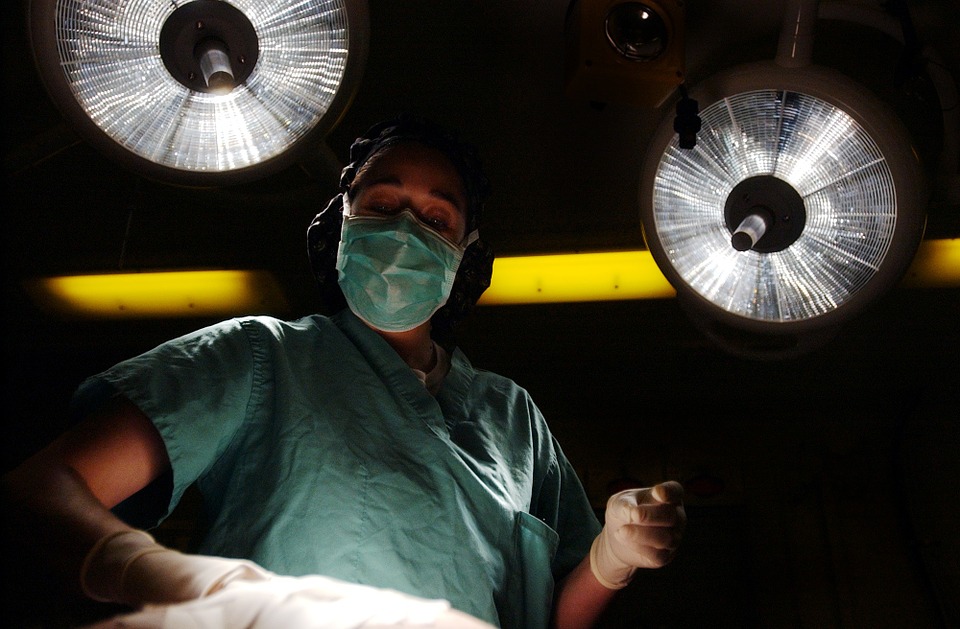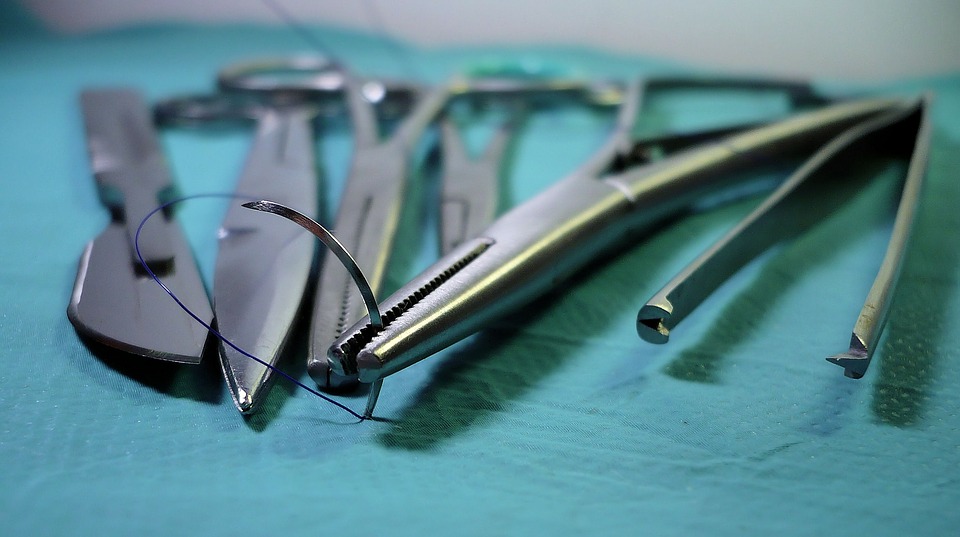
Surgery has been changing in a number of ways. The introduction of robots has allowed surgeons to perform many laparoscopic procedures through smaller incisions, and they’re only getting smaller. New technology and techniques are already on the horizon. Here is an educated guess as to what surgery in the future looks like.
New Forms of Transplants
We’ve had kidney transplants for decades. However, other organs require a far more distributed blood supply, and this has prevented successful transplants of the face from occurring until recently. In an article that was published on The Monitor Daily, there was a mention about U.S. surgeons successfully performing a face transplant and reconstructing the entire face in a 26 hour procedure. While the procedure was extraordinary, it took this long because of the delicate task of attaching the myriad of small blood vessels. These transplants will increasingly be made possible by surgical robots, an industry expected to hit 6.4 billion dollars in 2020.
Womb transplants are in their infancy, pun intended. There have been a few dozen known womb transplants. And it makes news when an infant is successfully delivered from one. For example, the first child born from this technique in the U.S. arrived in December 2017. To date, eight children have been born this way in Sweden.
Real Time Imaging from the Inside
Pill sized cameras that a patient can swallow and have record their entire digestive tract are already routinely used to determine if someone has intestinal cancer. A related technology in development by Imperial College would allow a surgeon to control an endoscope as a patient is in an MRI. This would provide real time images during prostate biopsies and gastric procedures.
One likely outcome will be the ability to improve surgical education through live-streaming of various procedures to students as well as recording video and audio of complex procedures via Google Glass or similar instruments. It’s already happened, too. In 2016, surgeon Shafi Ahmed performed an operation with a virtual reality camera, sharing the experience of removing cancer from a patient’s bowels live with numerous students.
Augmented Reality
One likely application of augmented reality is in the operating room. Surgeons will be able to see MRI results and X-rays while working so that they go straight to the target instead of cutting a few inches too low before working up. The ability to keep their eyes on the patient while reviewing records and data reduces the risk of mistakes caused by looking away, even briefly.
Another likely application is the relaying of images from the surgery in real time to experts so that someone who thinks they’ve found cancer while removing an appendix can get an expert opinion within moments while the patient is still on the table. The risk of leaving a tumor in place is reduced, while patients don’t have to have a second surgery. For someone performing a life-saving procedure they’re not very familiar with, an expert surgeon could give them advice in real-time, improving patient outcomes.
We cannot yet send micro-machines into patients to patch up internal injuries or kill cancer. However, we are already using robots in surgery while virtual reality and new imaging technology improve both surgical education and procedures themselves. New forms of transplantation are here because of advances in technology and surgical techniques.

